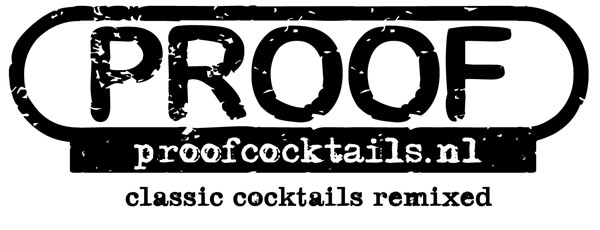
The Champagne Cocktail.
While there are many types of sparkling wine the one native to the Champagne region of France has pulled off perhaps the best marketing coup in history by permanently connecting their product with the act of celebration. Such that when you’ve got something to celebrate – like oh, I dunno the 100th cocktail recipe posted on your blog – Champagne is really the only way to to go. So today we’ll be making the classic Champagne Cocktail as first written down in the very first cocktail book The Bar-Tender’s Guide: How to Mix Drinks or The Bon-Vivant’s Companion in 1862. There are a few variations on this drink but we’re going to stick to the original recipe because; Jerry Thomas! While it’s easy to think of the Champagne Cocktail as an embellished glass of bubbles I prefer to see it as a Champagne Old Fashioned: base + sugar + bitters and a lemon twist. The CC is a great option for when you’d like to serve something a bit different at a celebration but don’t want to get bogged down in too much work. Just prep your glasses in the fridge and add the bubbles as you serve. One of the beauties of this wonderful cocktail is that it changes as the sugar gradually dissolves, ending in a sweet grainy last sip that just makes you want to start all over again.
Bubbles.
The thing is that a good Champagne is a beautiful and delicate thing. Its flavours are subtle and easily overshadowed by any cocktailisation. And it’s fucking expensive. Unless the occasion requires maximum flashness I suggest that we reserve the good stuff for sipping. But where does that leave us cocktailistas? Well there are a number of options for the creation of frizzante cocktails such as a lesser Champagne, Prosecco or various other sparkling wines. But my choice is Spanish cava. It has a similar production process to Champagne (some others don’t), has similar dryness to its big brother (others can be too sweet), has a robust fizziness and is relatively easy on the wallet. Freixenet Brut is a good starting point as it’s widely available in its distinctive black bottle and also comes in little mini bottles sold in 3 packs. Very handy. Other brands are also fine as cava tends to be pretty consistent (Codorniu being a house favourite). If cava is expensive where you live then try a local dry sparkling wine. When buying a sparkling wine always be careful to check the label for the words “brut” or “extra dry” – even a semi/demi sec is far too sweet for either sipping or mixing.
Champagne Cocktail
Place a sugarcube on a saucer or napkin and soak it with a couple of dashes of Angostura* bitters.
Drop the cube into a chilled Champagne flute.
Gently fill with chilled dry sparkling wine (see text).
Garnish with a lemon twist (optional).
*While good old Angostura is the traditional bitters used in the Champagne Cocktail I think there is an excellent case for experimentation. I’m particularly partial to the use of orange bitters in my CC.
Toast yourselves dear readers – I would never have made it to 100 recipes without seeing that people were actually reading these ravings!
Speaking of which, having reached this landmark which involved churning out a recipe every week (or up to three in the early days), I might now just be posting as and when I feel like it without any particular schedule. In other words there won’t necessarily be the usual Friday recipe anymore but that doesn’t mean I’m winding things down or anything – in fact I’m hoping to mix things up even more! And another thing; please feel free to ask questions using the comments tool. I’m more than happy to answer any questions or get a bit of a discussion going.





















Recent Comments